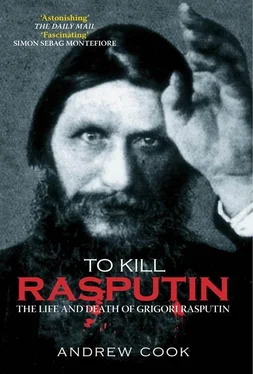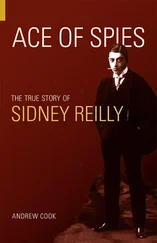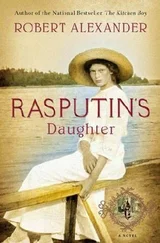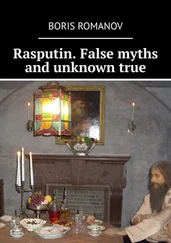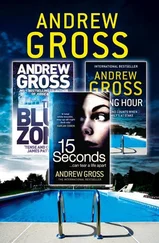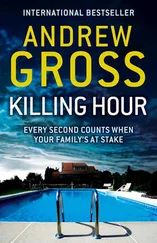Purishkevich’s diary is not a diary at all. It is merely the literary form he chose for his memoirs… This story of Purishkevich’s is a nonsensical mixture of various conversations which took place at different times and even with different people, about which Purishkevich could only have learned at second hand…
I remember his first approach to me and even my surprise at it – a surprise related exclusively to the fact that Purishkevich was in the plot… Purishkevich told me the names of the participants, the day of the murder and that was all… I would never have talked to Purishkevich about it, since I did not consider him to be serious enough nor especially discreet enough for such an undertaking.
It seems that Yusupov approached Maklakov first, and got a dusty answer; then he asked Purishkevich, who agreed to participate; and then went to see Maklakov again and was given a truncheon (according to Yusupov). This Maklakov did not deny, but as to the potassium cyanide,
It was not I who gave Yusupov potassium cyanide, or more precisely, what to Yusupov passed for potassium cyanide – had it been genuine no amount of hardiness on Rasputin’s part would have saved him. 18
At the very least, Yusupov had told Irina, Purishkevich, Maklakov and Rodzyanko; Pavlovich had told Stopford and Purishkevich had told Hoare in November. Purishkevich had also enlisted Lazovert, who had told the train crew he was going to the Islands. Purishkevich was a blabbermouth, as were Dmitri Pavlovich and Yusupov. If this murder were to take place, it would be a miracle if all eyes did not turn in their direction. Yusupov was a tad worried about his legal position if he got caught, and Maklakov was a distinguished lawyer.
Just before the murder the participant, with whom I happened to talk, began to beg me urgently not to leave Petersburg on the day of the murder but to be there in case my advice might be needed. I will emphasise that… I did not suggest at any time to any of the participants that I would be their defender at a trial. 19
Maklakov made it clear, he later wrote, that while he thought it impossible that the perpetrators would be tried, as it would be ‘Too upsetting for Russia’, on the other hand ‘To allow obvious murderers to go unpunished would also be impossible’.
Therefore it was their duty to act in such a way that they would not be discovered. In essence this would not be difficult since the authorities, understanding the significance of the affair, would hardly try to find the murderers. They need only make it possible that they not be discovered. Therefore the conspirators must refrain from any vainglorious urge to reveal themselves, must brag to no one, and on no account should they confess. 20
Maklakov was close to putting off his prior appointment, which was a speaking engagement at the Law Society in Moscow, but found at the last moment that he couldn’t; he must catch a train out of town. He happened to meet Purishkevich at the Duma late in the afternoon of Friday 16 December, and told him to pass on that message to Yusupov. It was now, he said, that Purishkevich agreed to send him a telegram ‘if the affair ended successfully’.
NINE
A ROOM IN THE BASEMENT
The Yusupov Palace at 94 Moika had a long, high façade with twenty-six windows on each floor and a six-column Tuscan portico extending up to the second storey; high above this was a central attic carrying the Yusupov coat of arms. The façade ran along the pavement of the narrow road alongside the canal. At the back, projecting wings enclosed a colonnaded courtyard on two sides with a carriage entrance onto a street at the rear.
Adjoining the palace at the eastern side was a much more subdued building, number 92, also owned by the Yusupovs. It stood back about twelve metres from the façade of number 94. In front of it was a cobbled courtyard with handsome street railings made out of solid timber in the Russian style, having three sets of double gates along their course. Two of the sets of gates had high ornamental gateposts.
Prince Yusupov and Princess Irina had been having their private apartment in the eastern side of the palace remodelled since they married two years before; the work was still incomplete. Felix was at this time refurbishing his own set of private rooms within this partment, near the road alongside the Moika Canal. He would use them whenever he came to St Petersburg without his wife and baby. The ground-floor rooms were slightly above ground level. They were accessible from within the main palace, or from a small private door set centrally in the wall of the east wing overlooking the courtyard of number 92. This door opened onto the dog-leg landing of a narrow stairway. Six stairs led up to a large study with windows overlooking both the courtyard of number 92 and the canal, and more stairs led down to a roomy, vaulted basement, the street end of which had been converted into a dining room. Here, almost below ground, the front windows were small, set high in the walls, and gave onto the road at pavement level. The back windows were similarly small and high and gave onto the courtyard.
The small door, the basement dining room, the upper-groundfloor study, the windows and the courtyard figure crucially in the events of the night of the murder.
The Ministry of the Interior and its adjoining police station stood no more than fifty metres from the façade of number 94, across the frozen Moika Canal. On the east side of number 92, at right angles to the Moika, is Prachesni Lane. The temperature on the night of 16 December was well below freezing; snow was falling at least some of the time, certainly between the time of any activity in the courtyard and the time when the three police scene of crime photographs were taken at around midday on Saturday 17 December.
What happened in the basement room of number 92 Moika in the early hours of 17 December 1916, and who was ultimately responsible for the death of Grigori Rasputin, has been the subject of many theories over the years. With the wealth of original investigation documents and testimonies, the 1916 autopsy evidence, the subsequent forensic reviews and the new evidence, which has only recently come to light, we can now begin to eliminate some of the more fanciful and intangible accounts that have muddied the waters over the past nine decades.
The Police Department Report, written on 17 December, was compiled from police interviews the morning after the affair. It states 1that at half-past two on the Saturday morning, the policeman on guard at the Interior Ministry across the canal from the Yusupov Palace heard ‘a detonation’ from the palace. The terms of his duty did not allow him to leave his post, so he went into the Ministry and phoned the Duty Sergeant at the police station next door. The police station notified the District Office, and the Chief Police Officer, Colonel Rogov, went to the palace with a detachment of men. They made enquiries of the janitor at the palace and were told that ‘The shot’ had been fired from the Prince’s wing. Rogov’s assistant, Krylov, entered the building (presumably the main palace) and was told by the butler that there was a party going on, and one of the guests had aimed at a target but hit a window. He was shown ‘The broken window on the ground floor overlooking the forecourt of the adjoining house’. Rogov reported back to his senior officer, Grigoriev, and to an official on duty at the Prefecture.
Scarcely had the police officers left the palace when a motor-car drove up along the Moika Canal quay and stopped near a small foot-bridge almost facing the palace. Four men were seen to alight from the car. The moment they had left it the chauffeur extinguished the lights, and putting on full speed, made off along the canal. This scene was witnessed by a detective belonging to the Okhrana, named Tihomirov, who had been detailed by the Police Department to look after Rasputin.
Читать дальше
